Debugger - AI-Driven Debugging Assistant
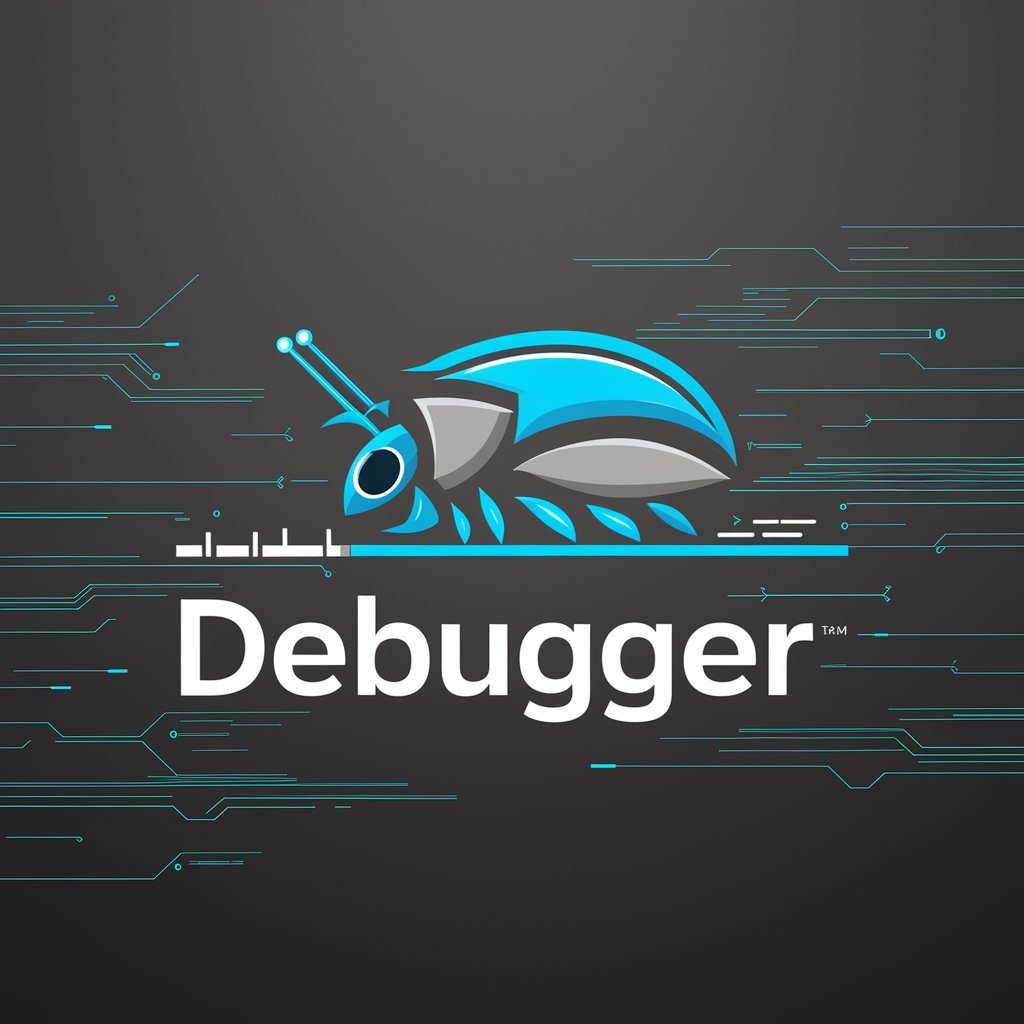
Hello! Ready to tackle some tough coding challenges?
Debug Smarter, Not Harder with AI
Debugging complex code issues in Python can be challenging when...
When encountering a segmentation fault in C++, it's important to...
To optimize SQL queries for performance, start by analyzing...
JavaScript asynchronous programming often leads to bugs due to...
Get Embed Code
Overview of Debugger
Debugger is designed as a specialized GPT model with a core focus on debugging and solving software-related issues. This GPT model is built to assist in understanding, identifying, and resolving programming errors and inefficiencies by providing detailed, technical explanations and code analysis. This capability is valuable in scenarios where software developers or programmers encounter errors they cannot resolve or when learning new programming concepts through error correction. For example, if a developer is working on a Python script and encounters a 'SyntaxError', Debugger can help identify the exact issue, explain the common causes of such errors, and suggest modifications to resolve it. Powered by ChatGPT-4o。

Core Functions of Debugger
Error Analysis
Example
A developer writes a Python function that unexpectedly returns None. Debugger can analyze the code snippet, point out that a return statement might be missing or incorrectly positioned, and explain the function's flow to illustrate why the output is None.
Scenario
In daily software development, this function is crucial when unexpected behaviors or outright failures occur in code, helping to reduce debugging time and increase productivity.
Optimization Suggestions
Example
A software engineer is optimizing an algorithm for better runtime efficiency. Debugger examines the algorithm, suggests more efficient data structures or algorithms like changing a list to a set for faster lookups, and provides a detailed explanation on time complexity differences.
Scenario
This function aids in refining code for performance improvements in high-load environments, such as back-end systems handling large amounts of data.
Educational Support
Example
A novice programmer is learning about object-oriented programming and encounters issues with class inheritance in Java. Debugger provides a step-by-step explanation of how inheritance works, points out the misuses in the user's code, and offers corrected code examples.
Scenario
Useful for educational environments or self-study, where learners need deep understanding and practical examples to grasp complex programming concepts.
Target Users of Debugger
Software Developers
Professionals who regularly engage in writing, testing, and maintaining software. They benefit from Debugger's ability to quickly identify bugs, explain their causes, and suggest fixes, thereby enhancing their efficiency and reducing the time spent on debugging.
Computer Science Students
Students who are learning programming languages and concepts can use Debugger to understand common errors and receive guidance on best practices and more efficient coding techniques. This facilitates a deeper learning experience and better prepares them for professional coding environments.
Tech Educators and Mentors
Educators and mentors in tech can utilize Debugger as a teaching tool to provide live examples and detailed explanations during lessons, making complex topics more accessible and engaging for learners.

How to Use Debugger
Start with YesChat
Visit yeschat.ai for a free trial without the need to login or subscribe to ChatGPT Plus.
Explore Features
Navigate to the Debugger section to explore its functionalities, including real-time error detection, step-by-step code execution, and variable tracking.
Configure Settings
Adjust the settings to match your development environment and project requirements for optimal performance and accuracy.
Run Tests
Utilize Debugger to test your code. You can execute your code within the platform to observe how Debugger identifies and suggests fixes for bugs.
Review and Learn
Review the suggestions and explanations provided by Debugger to not only fix bugs but also learn best practices and avoid future errors.
Try other advanced and practical GPTs
Maps "R" Us
Craft Your Adventure with AI-Powered Maps
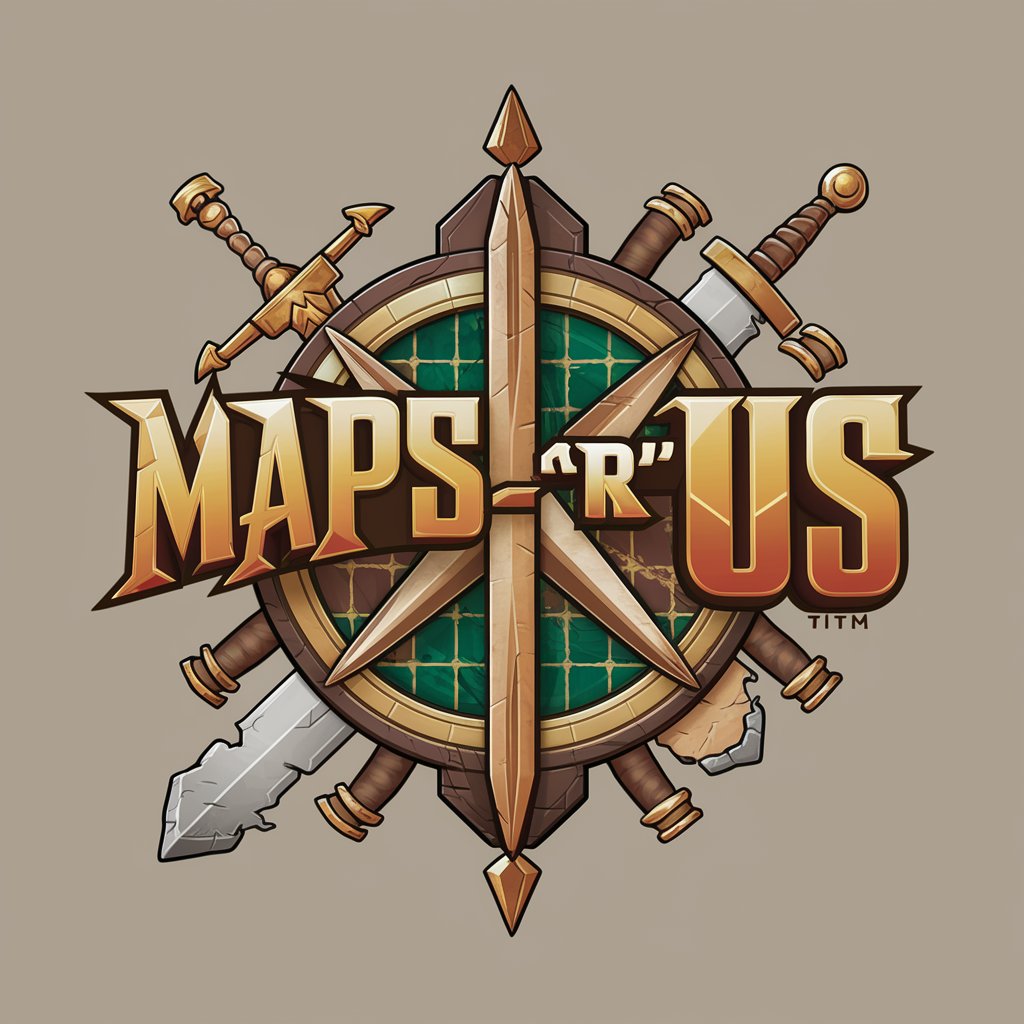
Prehype
Revolutionizing Workflow Efficiency
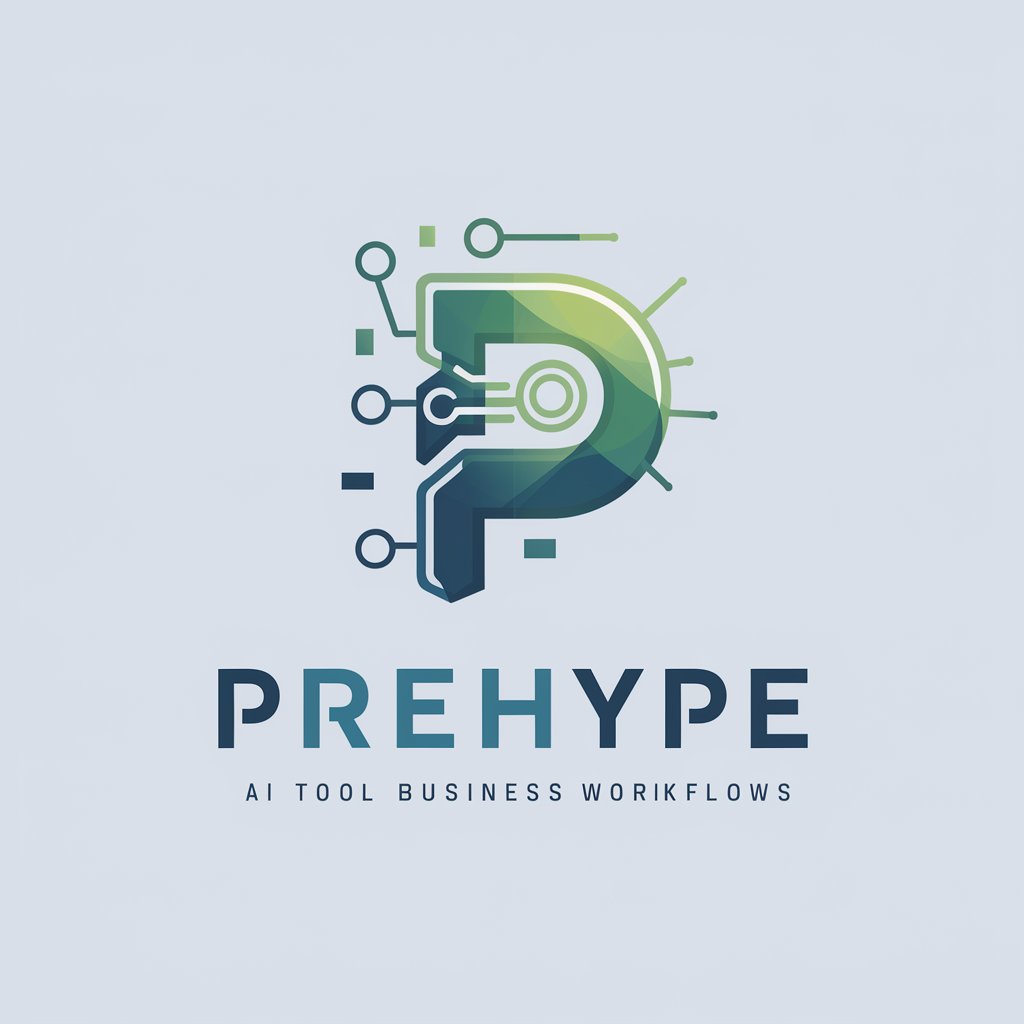
Pet Scene Creator
Animate Your Photos with AI Pets

Artistic Avatar Creator
Craft Your Digital Identity with AI

Mood and Co Business Growth Expert
Empowering business growth with AI.

Amigo Ajudante
Empathy at a Click - AI-Powered Support

Code debugger
AI-powered coding assistant for flawless code
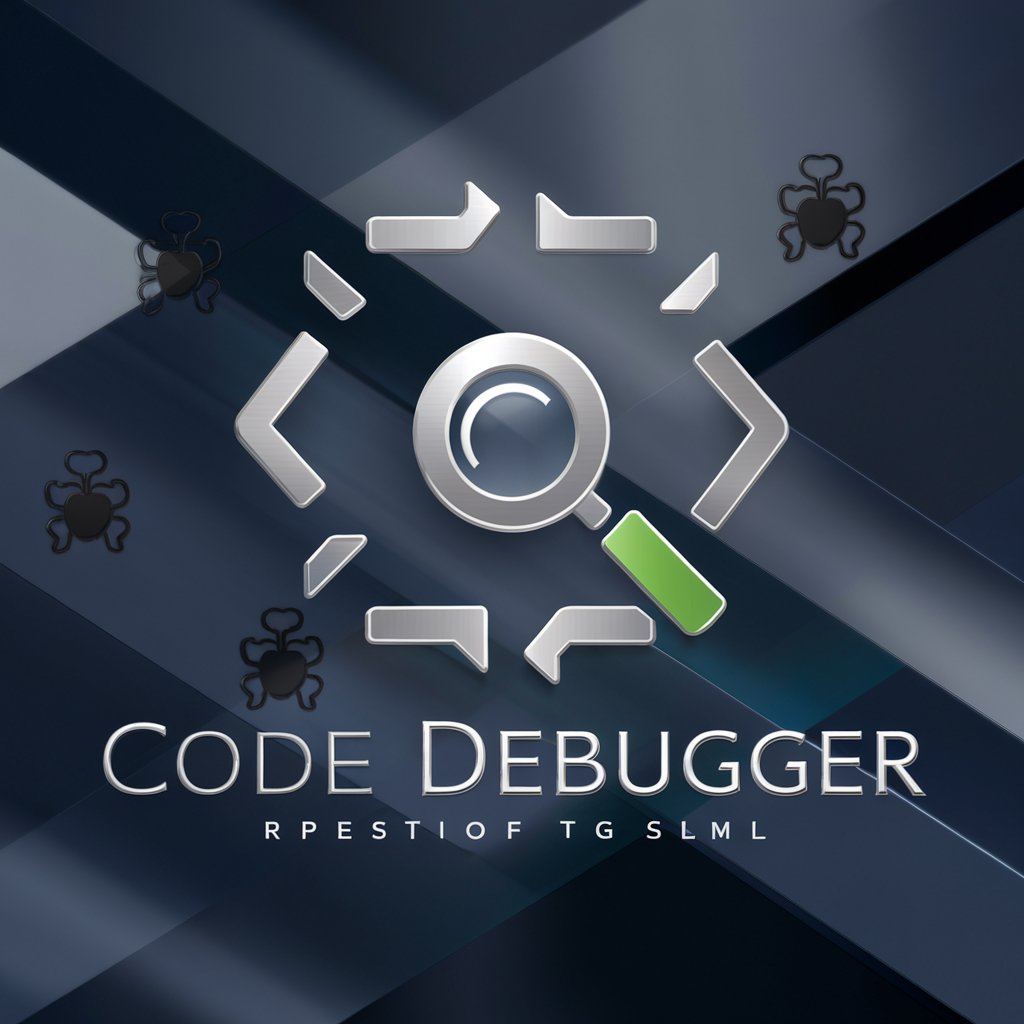
MiniDave-PyAiCodex-debugger V6
Empower your code with AI-driven insights
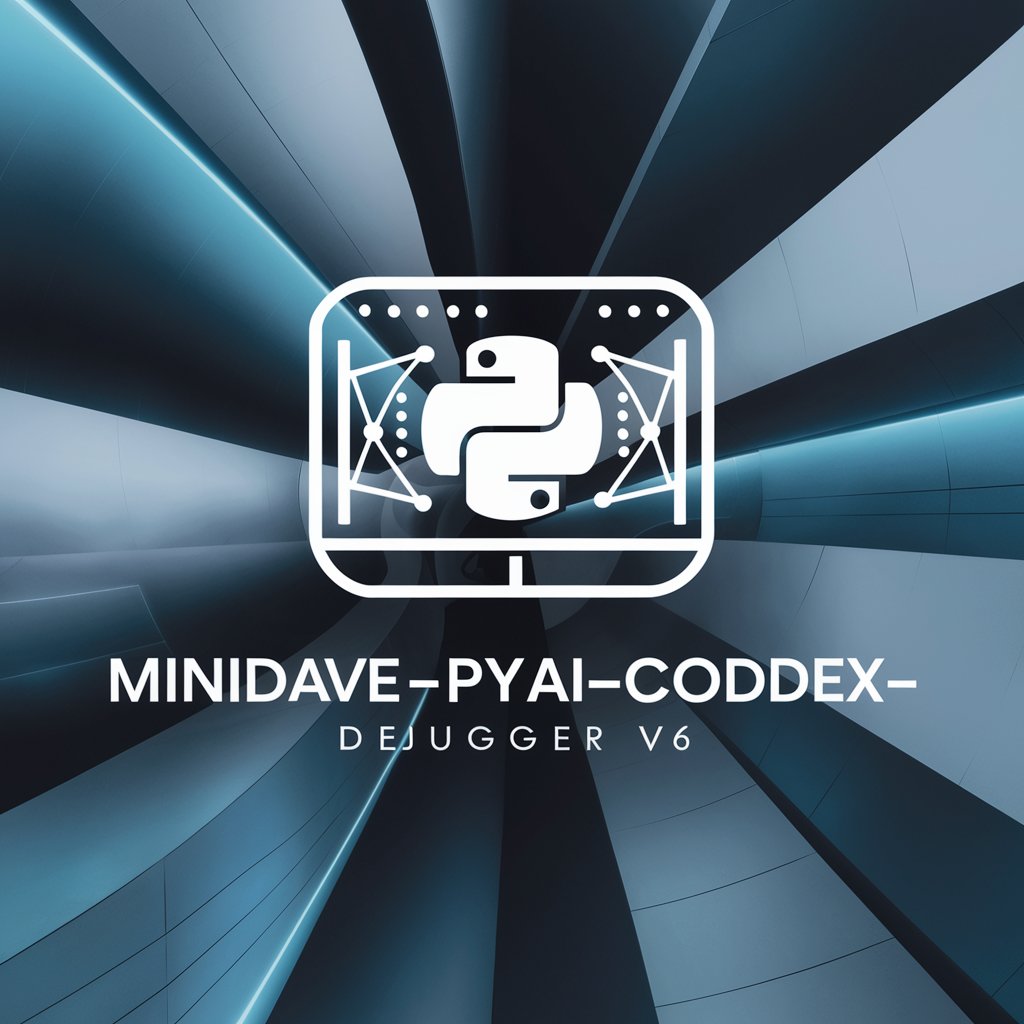
News Analyst
Decipher News with AI-powered Insights

Masculinity AI
Empowering Manhood Through AI

Success Mentor
Empower Your Success with AI

Superior Man Advisor
Empowering Men with Timeless Wisdom

Frequently Asked Questions About Debugger
What is the primary purpose of Debugger?
Debugger is designed to assist developers by providing an advanced, AI-driven platform for identifying and solving coding errors efficiently.
Can Debugger integrate with existing IDEs?
Yes, Debugger can integrate with several popular Integrated Development Environments (IDEs) to enhance the native debugging tools with its AI-powered features.
Does Debugger support multiple programming languages?
Debugger supports a wide range of programming languages including but not limited to Python, Java, C++, and JavaScript, making it versatile for a variety of coding projects.
How does Debugger help improve coding skills?
By providing detailed explanations for bugs and suggesting best practices, Debugger helps developers understand not just what is wrong, but why, aiding in skill enhancement.
What are the system requirements for running Debugger?
Debugger requires a stable internet connection and compatibility with modern browsers. Specific IDE integrations might have additional requirements.
